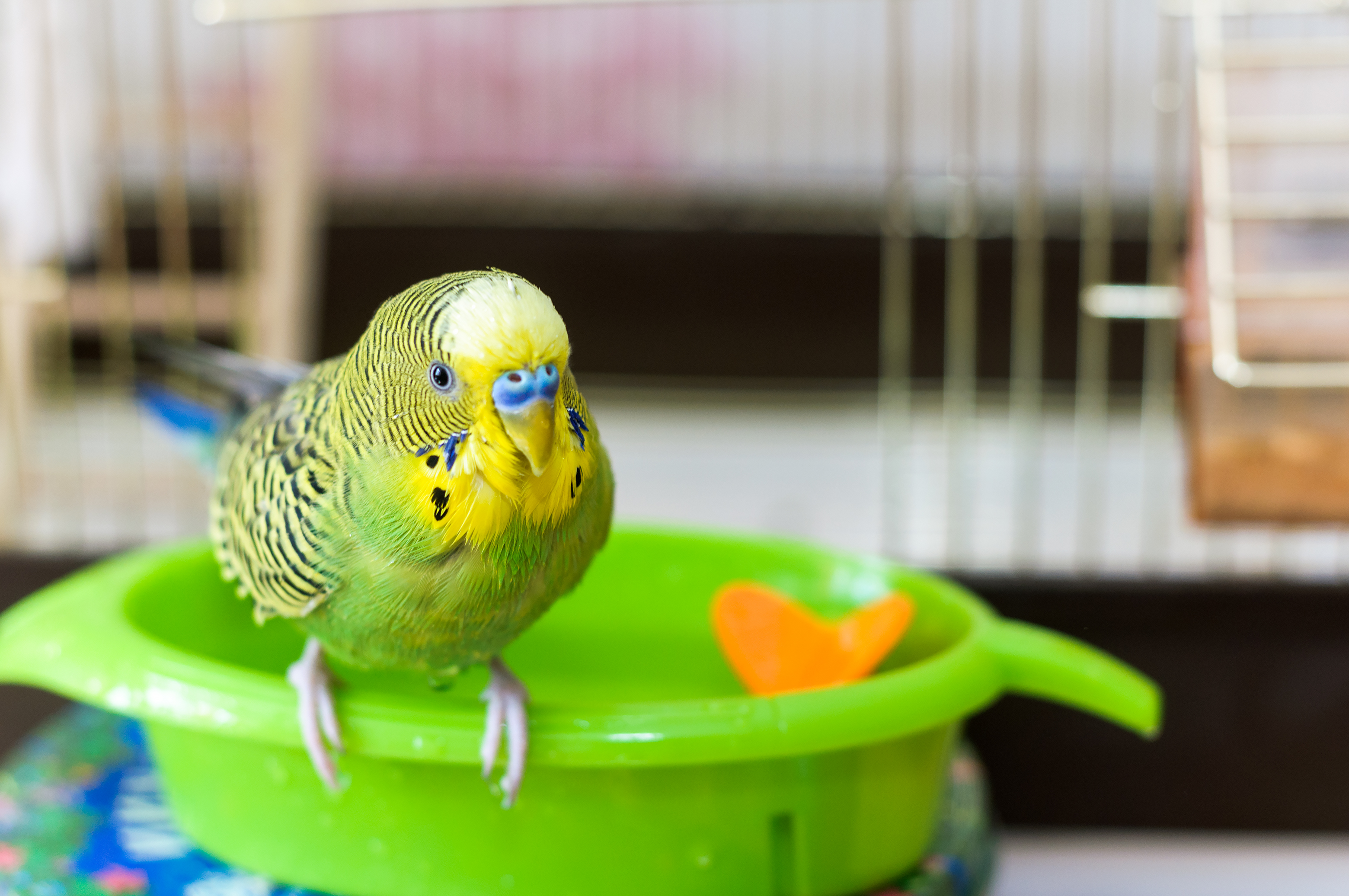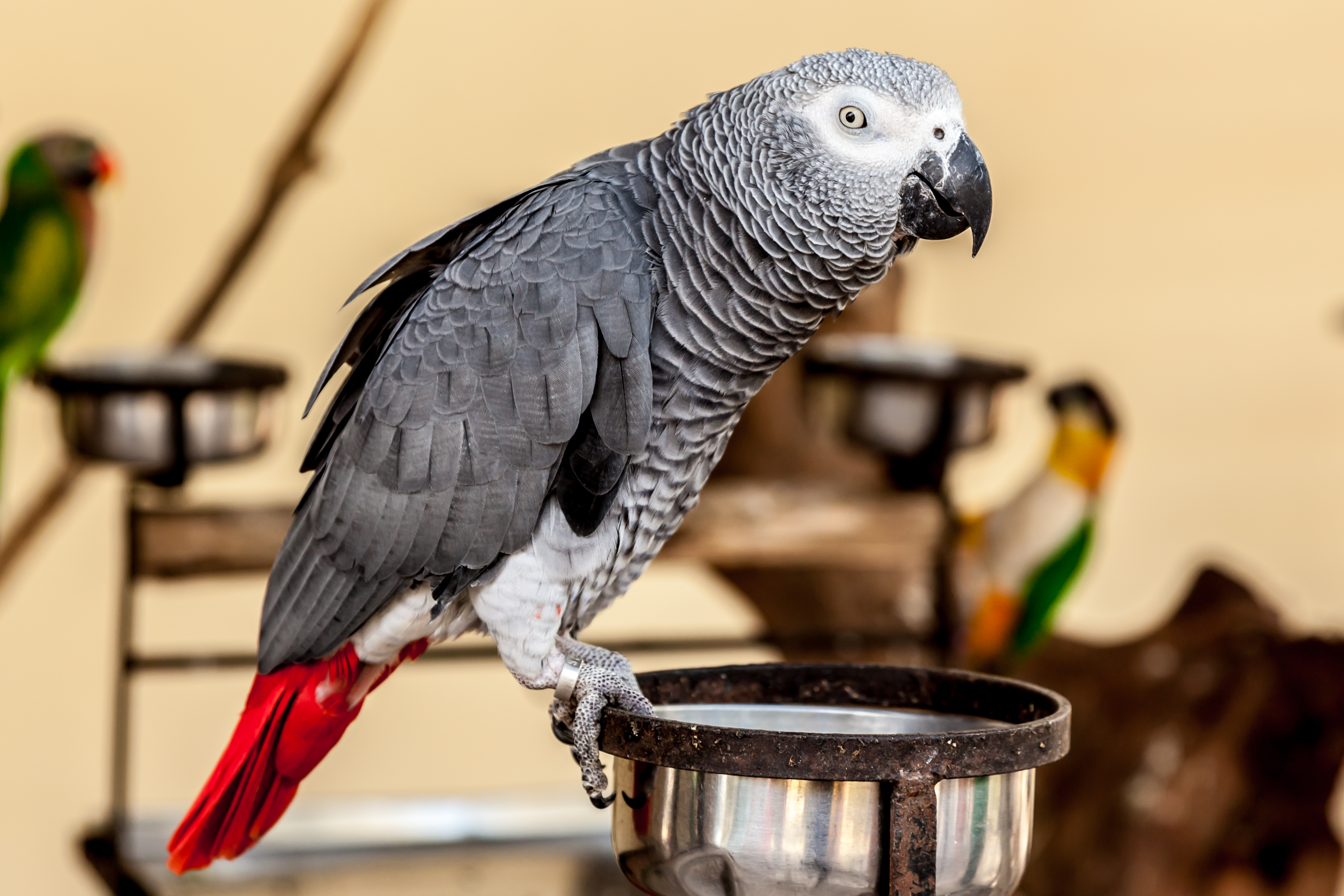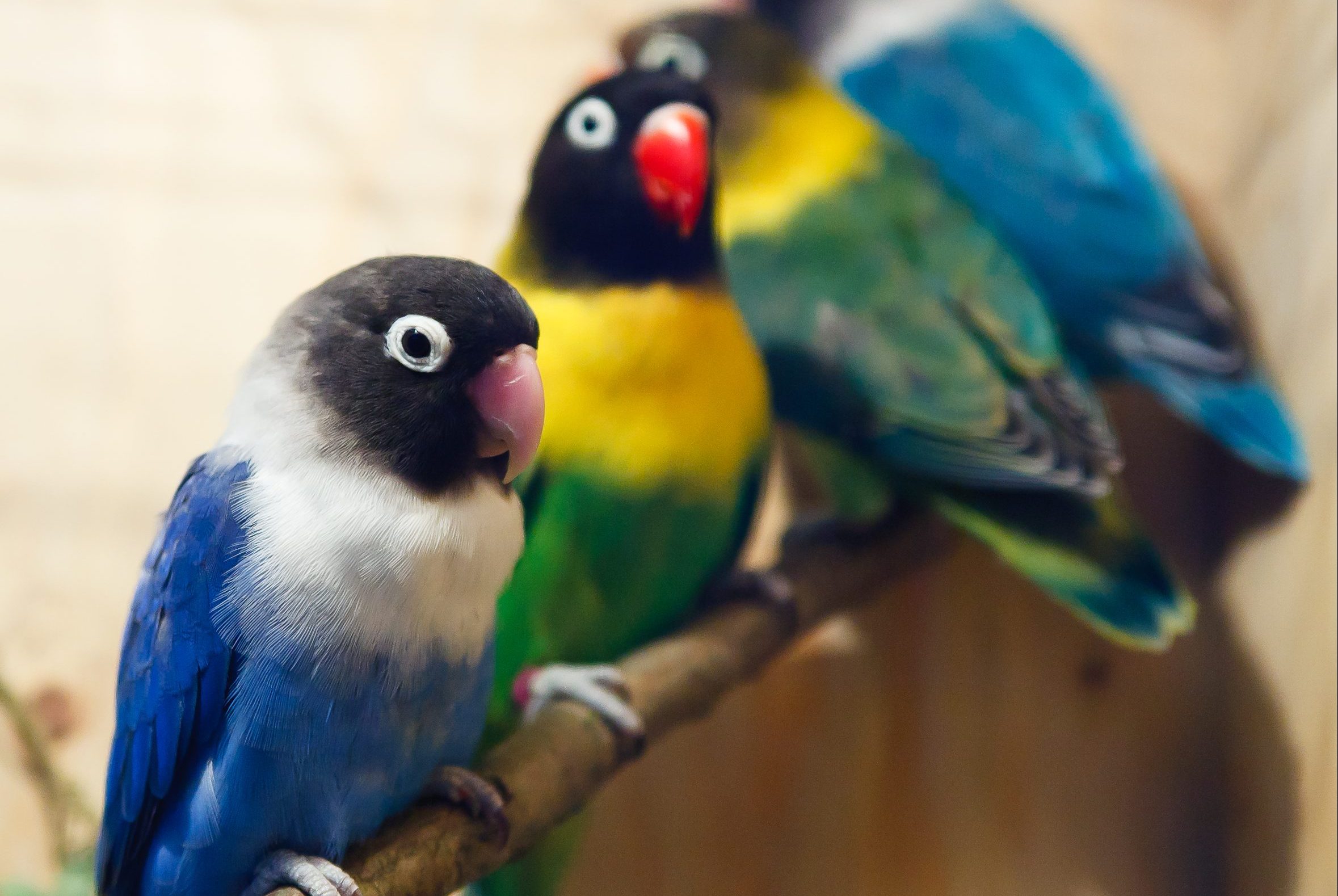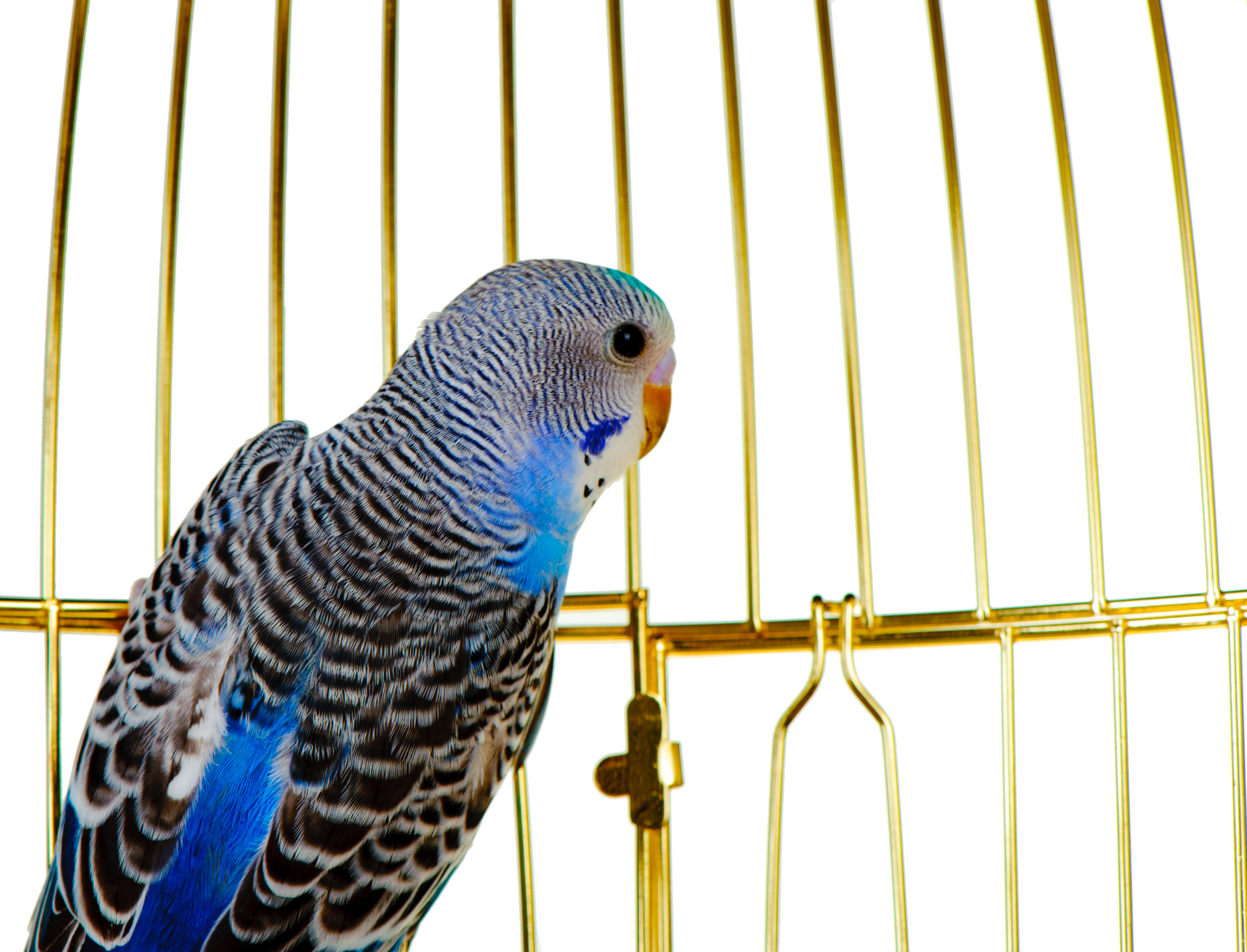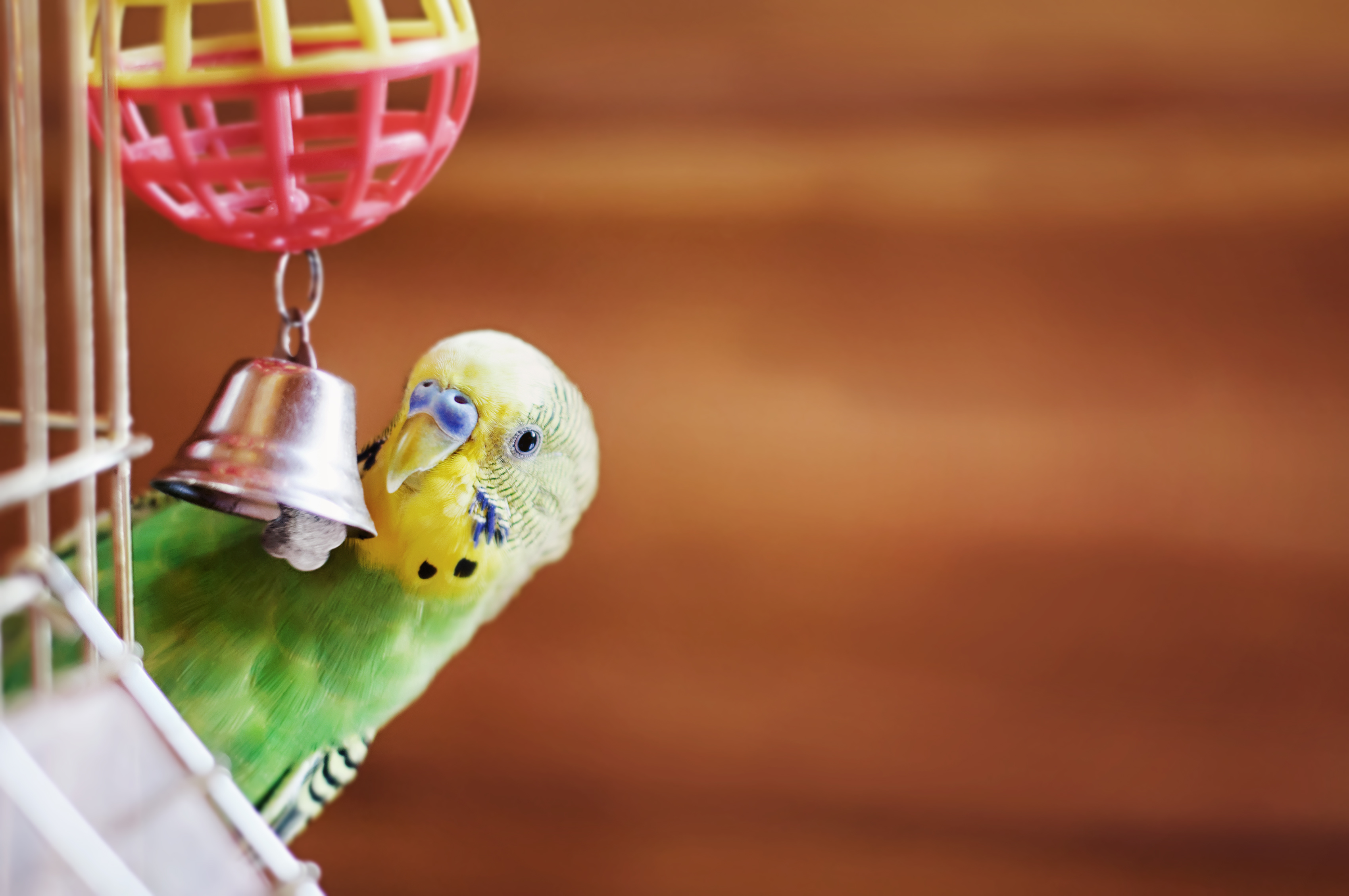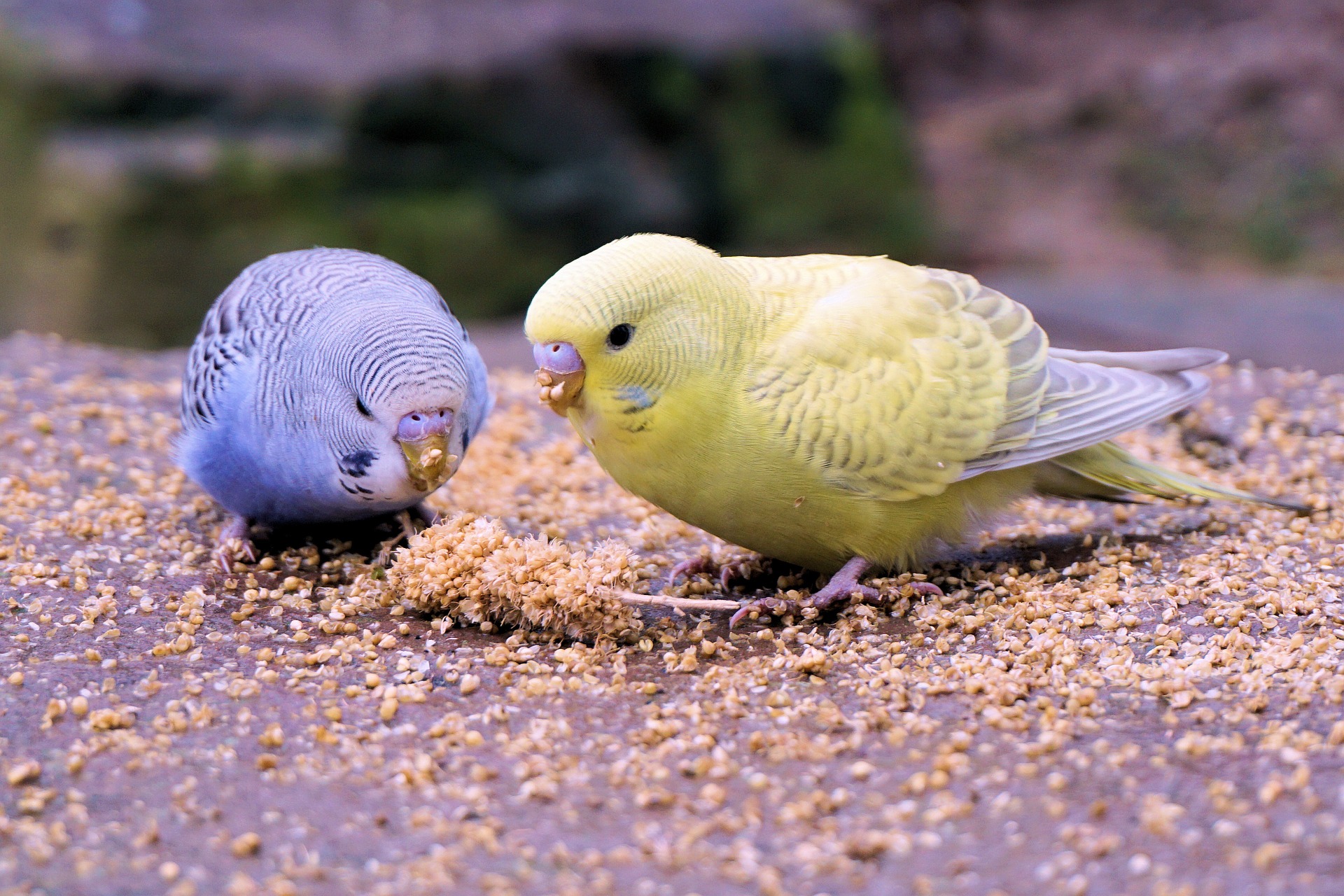Repetition Is a Bird’s Best Friend
Pet Age Staff //July 8, 2013//
Parrots are extremely social animals and must be able to communicate with the members of their flock. When surrounded by their owners day in and day out, parrots benefit greatly and enjoy learning to speak with them.
Companion Parrot Online Magazine’s Sally Blanchard has years of personal experience training parrots to talk. Her African Grey, Bongo Marie, not only had an extensive vocabulary, but was able to correctly respond to certain questions or statements when prompted.
“Young hand fed parrots may start to mumble human sounds at a few weeks of age,” Blanchard said. “Just as wild parrots learn natural vocalizations from their parents, companion parrots learn to imitate human sounds from their ‘surrogate parents.’”
Similar to other animals, as well as human children, young parrots are extremely impressionable. Learning new behaviors come quickly and easily the younger they are, therefore, speech training should be started early.
“Parrots learn to talk much like small children,” Blanchard said. “When they hear certain words over and over, they start practicing the sounds.”
Educational Tools
Since most bird owners are not able to be home during the day to engage the parrot in speech training sessions, more and more companies are producing training aids which allow parrots to practice speech while their owners are outside the home.
Training aids for speech are becoming more popular, most commonly CD’s and voice recorders.
Mary Ellen Kaminski of Drs. Foster and Smith recommends the Mimic Me voice recorder and the Teach ‘N Play.
Mimic Me by Prevue Pet allows owners to record their own voice saying words or phrases they want their birds to learn. The tape allows owners to record up to 10 seconds of speech.
It has two settings. Setting “A” plays the recorded word back 12 times every 15 minutes until turned off, while setting “B” plays the word back 12 times every 10 minutes for two hours and then shuts off automatically. Once the bird has learned the words on the tape, the Mimic Me device makes it easy to delete the previous words and record new ones.
Using the Mimic Me aids in training, allows for the expansion of a bird’s vocabulary to 100s of words, while providing the comfort of hearing the owner’s voice when they are not around. It is beneficial for an owner’s parrot to hear their voice, as it reduces confusion during one-on-one training sessions.
Another recorded training aid is the Teach ‘N Play. This toy has four buttons with the pre-recorded phrases “hello,” “I love you,” “hahahaha” and “calling all birds.” The Teach ‘N Play has a tough outer case made of hard plastic which prevents cracking and is easy to clean. Blinking lights, which go off when the speech buttons are pushed, engages and stimulates and rewards the bird.
DVD’s and CD ROM’s are also highly affective and popular training tools for both owner and bird.
“Train Your Parrot to Talk” is a DVD which features professional bird trainer Barbara Heidenreich educating owners about why parrots speak and how to train them to do it correctly. The DVD includes a bonus CD ROM, which includes recordings of various species vocalizing to assist parrots to speak.
“These (CD’s and voice recording toys) are wonderful tools to reinforce what you teach during a session when you cannot be with your bird,” Emily Schmale, corporate communications manager for Pet Mate, said. “Birds will practice what they have learned throughout the day.”
Whether it is a CD featuring the voices of other birds or a voice recording of your own, these training aids are highly effective when teaching parrots human speech.
“A CD or recording of your voice is a wonderful way to remind them of the proper sound and tone,” Schmale said. “Repetition is a bird’s friend.”
Practice makes perfect, but one-on-one training sessions are still most effective since parrots are a social species and learn best with human interaction. During training, reinforcement for correct behavior is of the utmost importance.
“Just as small children need an adult to listen carefully to pick up what the child is trying to say, young parrots also need a human to reinforce the words they are trying to learn and teach them to say the words correctly,” Blanchard said.
Commonly, reinforcement comes in the form of food or treats.
“Treats are a way of rewarding your bird. The following treats are the perfect size or can be easily broken into smaller sizes for rewarding” Kaminski said.
Drs. Foster and Smith’s Harrison’s Power treats are great to use during training because they are easily broken into smaller pieces for quick reinforcement of correct behavior. Harrison’s Power treats provide energy using ingredients such as Brazilian red palm fruit oil, sunflower seeds and alfalfa.
Both practice and reward are important pieces of successful training, but it is just as important to make sure owners have the full attention of their parrot and vice versa.
Teaching one-on-one also makes it easier to reward correct behavior quickly.
“Make sure to teach one bird at a time,” Kaminski said. “This is made easy with the use of a playstand or a product like the new Percher.”
The Percher from Caitec, is portable and can be configured in seven different ways to accommodate any training environment. It is suited for birds of all sizes and makes training simple and more personal for the bird.
Using a combination of voice recording training aids, one-on-one speech training sessions using a favorite food reward and a perch or play stand to guarantee undivided attention, owners will have a talking companion in no time.
“With affectionate interactive training, most talking parrots with easily learn to respond with verbal cues and verbal phrases,” Blanchard said.
-Erin Salley






